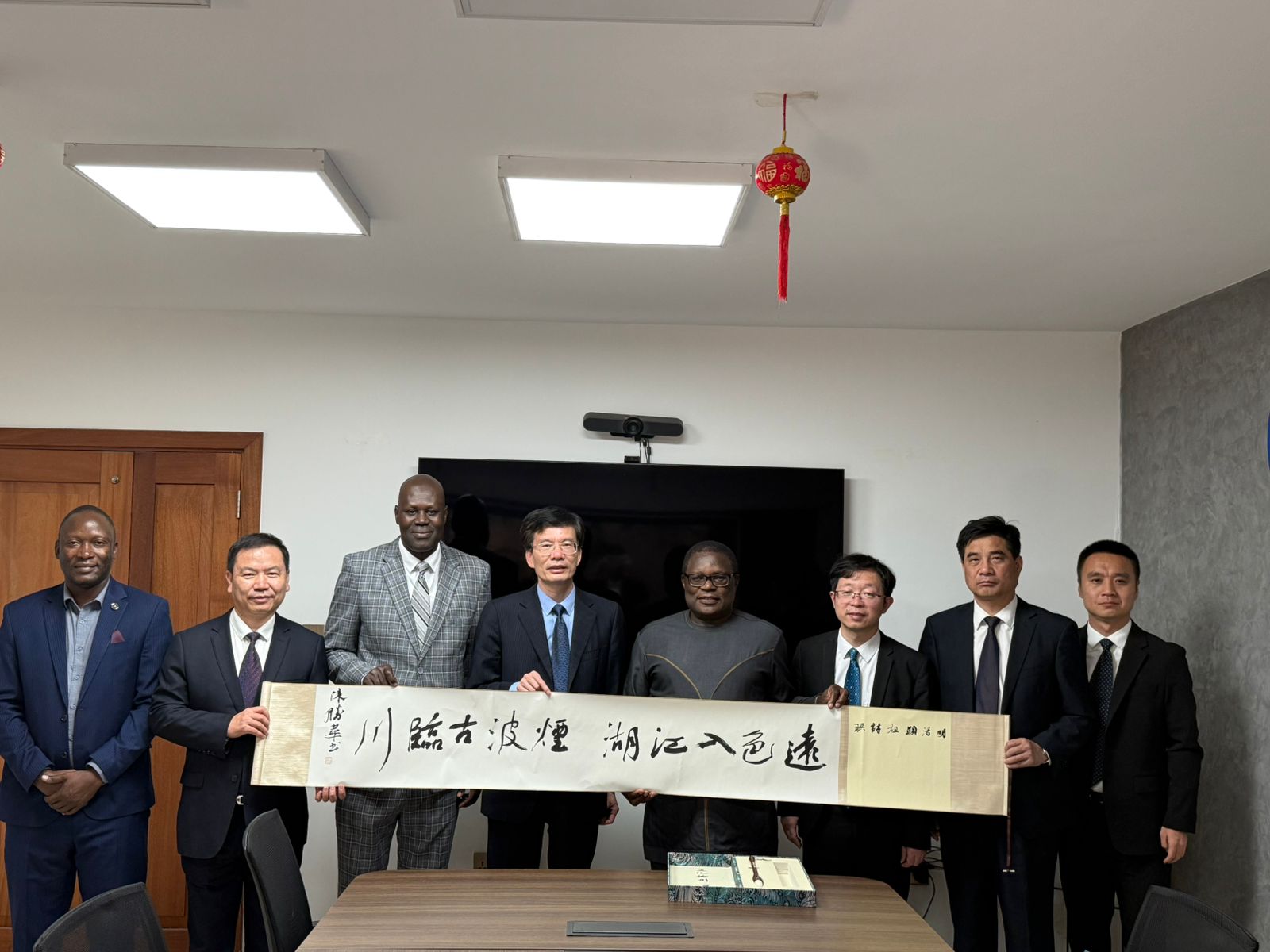At the World Urban Forum in Cairo, Egypt, the United Nations Environment Programme (UNEP), the United Nations Human Settlements Programme (UN-Habitat), and the World Health Organization (WHO) unveiled the groundbreaking Pan African Action Plan for Active Mobility (PAAPAM), a transformative initiative aimed at reshaping Africa’s transport sector. Developed in collaboration with the FIA Foundation, the plan emphasizes the critical need for a sustainable, equitable, and healthy mobility transition by prioritizing walking, cycling, and other forms of non-motorized transport.
This first-of-its-kind action plan is the result of extensive consultations with over 1,300 stakeholders from across Africa, providing a detailed framework to address the region’s pressing mobility challenges. It sets out a vision that not only aims to tackle climate change but also enhances public health, improves road safety, promotes environmental sustainability, and addresses social inequalities in urban and rural areas.
“Transport is one of the largest emitting sectors in Africa, but this initiative is not just about reducing emissions,” said Elizabeth Maruma Mrema, Deputy Executive Director of UNEP. “It’s about ensuring safe, clean, healthy, and sustainable environments while increasing resilience in both urban and rural settings.”
The plan was launched just weeks after international partners signed the Hamburg Charter for Inclusive and Just Mobility, which advocates for equitable access to public transport, climate-friendly mobility, and integrated transportation systems. Together, these actions demonstrate a global commitment to rethinking how we move, both in terms of access and sustainability.
Africa faces significant transportation and mobility challenges. Despite contributing just 3% of the world’s vehicle fleet, the continent is responsible for a staggering 19% of global road traffic deaths. A third of these fatalities involve pedestrians, who often have to navigate dangerous roads with little infrastructure designed to protect them. While walking and cycling remain the most common forms of transport across many African countries, the lack of proper infrastructure presents major safety and accessibility issues.
Recent data from the WHO highlights the urgent need for action, showing that air pollution was responsible for over 920,000 deaths in Africa in 2019, with nearly half of those deaths attributed to respiratory diseases exacerbated by poor air quality.
“This action plan represents a crucial step toward healthier and safer cities,” said Dr. Li Ailan, Assistant Director-General for Healthier Populations at WHO. “By promoting active mobility, we are not only addressing climate change but also tackling a major public health crisis that affects millions of Africans through air pollution, physical inactivity, and road traffic fatalities.”
The Pan African Action Plan for Active Mobility focuses on three primary areas to ensure that active mobility is incorporated into broader sustainability efforts:
- Creating Safe, Accessible, and Comfortable Spaces– Developing infrastructure that ensures safe, enjoyable, and practical spaces for walking and cycling.
- Advocating for Active Mobility – Ensuring that the needs of pedestrians and cyclists are represented and prioritized in national and local policies.
- Embedding Active Mobility in Policy and Investment – Securing long-term investments in active mobility and integrating them into urban planning and development strategies.
The overarching goal is to guarantee the safety of pedestrians and cyclists, enhance accessibility to active transport options, increase comfort and satisfaction for those using non-motorized transport, and foster greater investment and commitment to this approach across African countries.
Tackling Inequity and Environmental Challenges
FIA Foundation’s Executive Director, Saul Billingsley, highlighted the urgent need for action, noting that millions of Africans rely on walking and cycling daily, yet they often face roads lacking basic safety infrastructure such as footpaths and pedestrian crossings.
“This is both an equity issue and an environmental one,” Billingsley said. “It disproportionately affects the poorest and most vulnerable communities, and unchecked motorization continues to threaten Africa’s climate and air quality. The Pan African Action Plan for Active Mobility provides a vital blueprint for creating safe, accessible infrastructure that protects all road users and helps build cleaner, healthier cities.”
Several African cities have already made significant strides in integrating active mobility into their planning, offering inspiring examples for other regions. For instance:
- Addis Ababa has developed a Non-Motorized Transport Strategy (2019-2028) that includes plans for 200 km of safe cycling infrastructure and aims to achieve 50% female parity in cycling by 2028.
- Quelimane, Mozambique, where 35% of residents already use bicycles for commuting, plans to improve traffic lights, signals, and street designs to further promote walking and cycling.
- Greater Accra Metropolitan Area, Ghana, has committed to implementing safe walking and cycling infrastructure, with projections that these efforts could prevent over 5,600 deaths and reduce nearly 41 million tonnes of carbon emissions over the next decade.
These initiatives demonstrate the potential for active mobility to transform transportation systems in Africa, creating safer, more sustainable cities while also addressing climate and public health crises.
Starting in 2025, UNEP, UN-Habitat, and WHO will roll out the framework in at least 10 African countries, beginning with capacity-building programs in Ghana, Malawi, Cameroon, Morocco, and Kenya. These programs will help local governments and communities adopt active mobility strategies, create infrastructure, and integrate non-motorized transport into their national development plans.
By embedding active mobility into the policy framework, ensuring equitable access to safer roads, and empowering local communities, the Pan African Action Plan for Active Mobility offers a comprehensive solution to one of Africa’s most pressing challenges. The initiative represents a significant step toward a more sustainable, healthier, and equitable future for all.
The Pan African Action Plan for Active Mobility is not just a transportation initiative — it is a call to action for creating a healthier, more equitable, and environmentally sustainable Africa. By prioritizing walking, cycling, and other forms of non-motorized transport, this landmark plan aims to reshape Africa’s urban landscapes, improve public health, and ensure a just transition for all road users, particularly the most vulnerable. The success of this plan will depend on strong partnerships, political will, and a shared commitment to building safer and cleaner cities across the continent.





